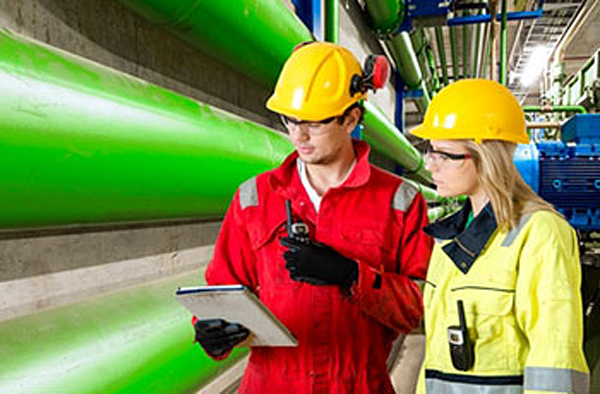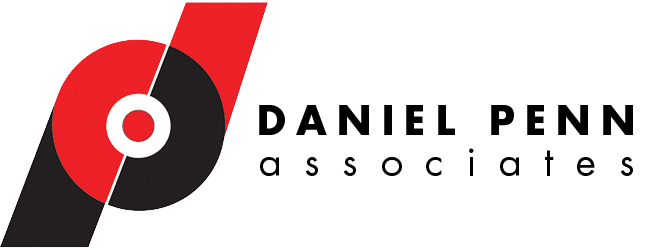
Six Steps to Design a Preventive Maintenance Program
Preventive Maintenance
Preventive maintenance may seem a no-brainer, but if you make assumptions and cut corners, your results won’t match the effort. Follow these six steps and you’ll create an effective, efficient and sustainable preventive maintenance program for your facility.
Step 1 – PM Procedure Design: Doing the Effective Things
To define your process, begin at the end: What results does your company want from a PM program? If it’s savings you seek, this should come from achieving minimal unplanned downtime and minimal lost production opportunity time, minimal spare parts costs, minimal maintenance labor costs, minimal manufacturing interruptions, maximum manufacturing time available per machine, maximum quality of products and maximum machine life spans. These areas are where the majority of the savings will be found.
The best PM procedures are written by people who understand OEM recommendations. These individuals also understand their machines’ performance history and service requirements in your plant environment. They look at the age of each machine. They examine their static and dynamic systems. They look at its foundation, support, mechanical, electrical, electronics, control, pneumatic and hydraulic systems. They analyze how power losses, power spikes, environmental impacts, and operator errors can affect each machine.
To catch and repair machine problems before their components fail, a detailed analysis must take place. If your PM program architects don’t closely examine these causes of machine failures, they’ll also miss some of the inspections that will need to be baked into your program’s task list.
The PM procedures your facility develops should also include a list of specialty tools that will be needed, such as torque wrenches, drills, scissor lifts, forklifts, etc. Procedures should spell out how to safely work with and maintain these tools.
Step 2 – PM Procedure Scheduling: Efficient Use of People and Resources
Once the proper procedures are written and uploaded in your Computerized Maintenance Management System (CMMS), each needs to be scheduled. In most plants, this means setting up daily, weekly, monthly, quarterly, semi-annual and annual PM events. While not all machines require daily or weekly preventive maintenance checks, most will require monthly, quarterly, semi-annual and annual exams. To develop a quarterly PM schedule, many take their monthly PM and add a few things that don’t need to be inspected monthly but do need to be inspected more than twice per year. This also applies to semi-annual and annual PM’s, which are quarterly PM’s that contain additional inspections twice per year or more. If these schedules are set up properly, your PM time will be kept to a minimum.
Step 3 – PM Lubrication Engineering
One of the most misunderstood tasks in preventive maintenance is the lubrication of rotating and reciprocating machine components. What’s more, many think a PM program is a glorified lubrication program. Many questions need to be answered before you set up PM lubrication protocols. As one performs lubrication tasks, some visual and maybe a few physical inspections can be made. Based on these tasks, PM procedures can be written.
Get trained professionals involved with choosing the best lubricant for each application. All the major lubricant OEM’s have these services available – take advantage of them! It’s important to understand what lubricant should be used, how much to be used per application and at what intervals. After the first application, track each machine to determine where changes need to be made to lubricant types, application quantities and application frequency.
Lube lists and instructions need to be added to each PM task with lube procedures for critical machines. Where will lubes be stored and in what controlled environment? Does the oil and grease storage area meet all environmental, legal, sanitary and safety requirements? Who will be doing the inventory and ensuring that adequate lubrication supplies are maintained? Are the proper procedures in place for disposing of waste oils and lube-contaminated materials? Review, adopt and implement the lubrication best practices that work for your facility and machines.
Step 4 – PM Training: Back on the Chain Gang
Training for PM tasks is critical. It can make the difference between catching a seemingly-small issue that prevents a hugely expensive repair or missing a problem that shuts down your line for days or weeks.
Here are some examples of why training is a must:
Almost every maintenance tradesman believes they know the best way to apply lubricants and how much to apply. However, after posing basic questions to maintenance people for more than 25 years I have learned they do not know. One question is always “What is the very first thing you physically do when you walk up to a bearing that needs to be greased? What do you do first?” Only one out of 500 people tell me that they need to clean the business end of the grease gun and clean off the grease zerk so they don’t pump dirt and debris into the bearing.
I also ask maintenance professionals to explain the step-by-step process for changing out a worn roller chain and replacing it with a new one. I have never had a maintenance person give me all the correct steps. Never. The step they always miss is the proper lubrication of the new chain before they install it. This is because they think that the chain is already lubricated when they receive it. However, brand new chains are never lubricated.
The proper way to lubricate a roller chain is after it is cut to length, submerge it in a shallow pan of five-weight oil and let it sit for a few minutes and let all air bubbles escape to get all the air out and the oil into the internal components of the chain assembly; pins, rollers and inside side plates. This lubricates the chain at all points that you can’t see, where 90% of the metal-to-metal contact normally takes place. As a result of this lubrication, the life expectancy of the chain will be approximately ten times what it would be if the lubrication had not been applied.
My chain lubrication example is one of the hundreds of procedures that even the most experienced maintenance people miss. How many maintenance workers really understand how to go about a formal, in-depth root cause analysis of machine component failure? How many will give you usable feedback on machine conditions when they turn in their PM work orders? If your facility’s goal is minimal downtime, they need to be taught to prolong the life of the equipment they’re working on.
Step 5 – PM Program Management Plan
Metrics drive everything these days, and PM management is no exception. If your facility has a good Work Order system in place that captures maintenance labor hours, materials and reasons for each WO, you will be able to measure
- How many corrective WO’s have been required for each piece of your equipment
- Which WO’s address breakdowns
- Which WO’s require spare parts
- How many man-hours are required per WO
…and more.
Capturing WO detail will also help you track surges and decreases in equipment costs, and fine-tune the frequency of PM tasks.
Keep your PM management on track by regularly asking and answering these questions:
What are the best CMMS reports to use for gathering the most important information in the least amount of time?
- What is the most effective way to report the successes of the PM program to upper management and to the individual managers of the departments we perform for?
- Do we spread the PM responsibility among all the maintenance people or just some of them?
- What are the advantages (or disadvantages) of having a dedicated PM team that only performs PM work?
- How do we know if our workers are actually performing the PM’s tasks or simply pencil-whipping the WO?
- How do we know if tasks are being performed correctly?
Step 6 – Communicate, Communicate, Communicate
The best PM program ever designed will still fail if maintenance workers don’t understand how they will benefit and put their efforts into making it a success. If they haven’t seen benefits from past PM programs, prepare to turn around negative perceptions.
While PM program design is crucial, communicating to workers is essential. They need to know what will be done. Who will be doing what, and when? What performance measures they need to meet. You’ll need to answer 99 percent of their questions up front.
Workers need to know that the PM program is fluid, that continuous improvement is the goal and that everyone’s input is valued. Besides the all-important training, your communications must help workers understand that PM will remove work from their plates. In my training sessions, I like to get some competition going between the workers and the machines. Who likes to lose a competition or a challenge, especially to a machine? When workers know their input will play a large part in the success or failure of the program, their sense of pride and accomplishment rises. Communicate (and ask for feedback) through the entire planning, design and implementation process.
As published in…



